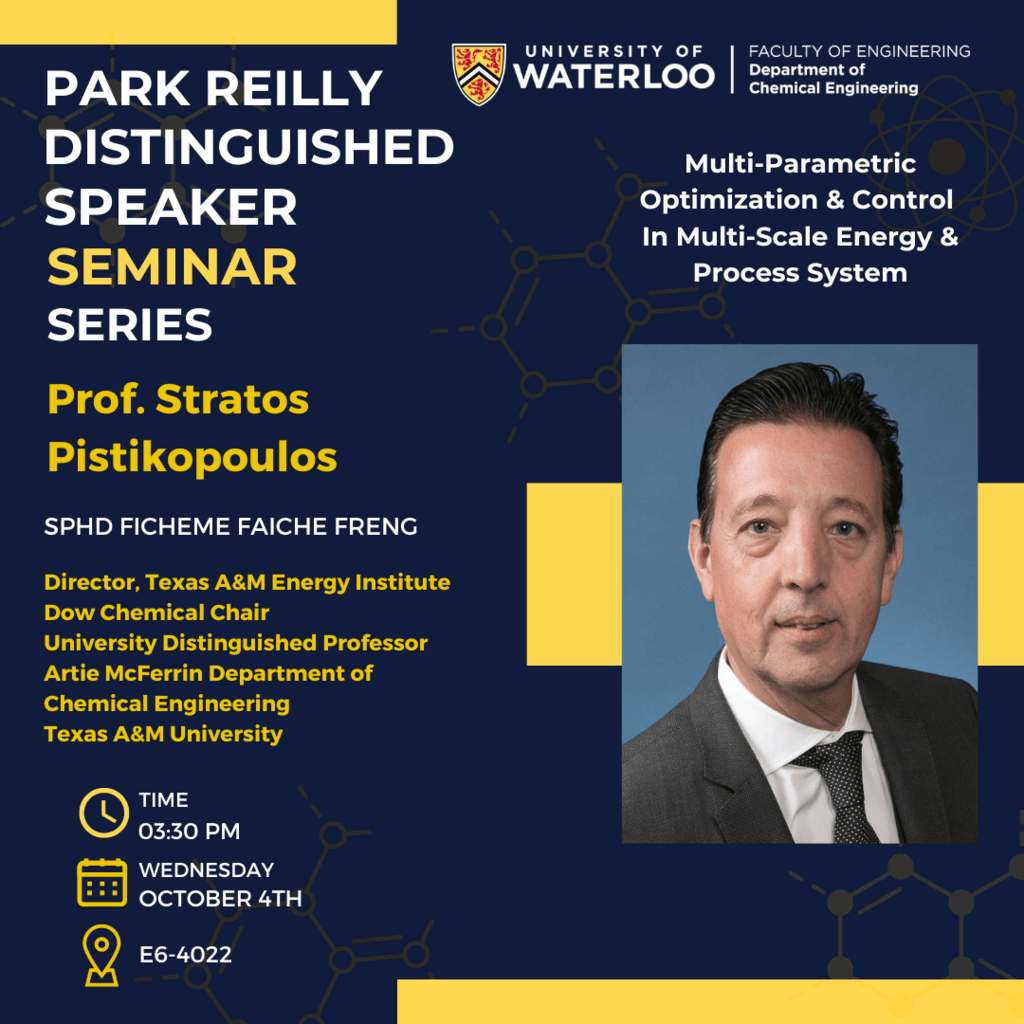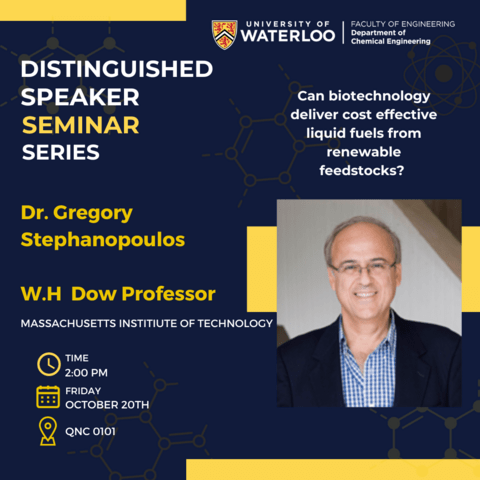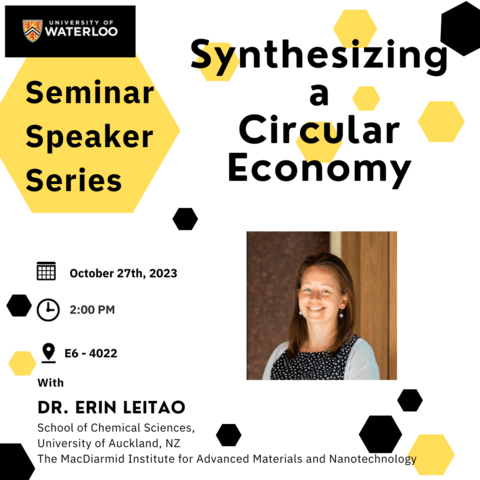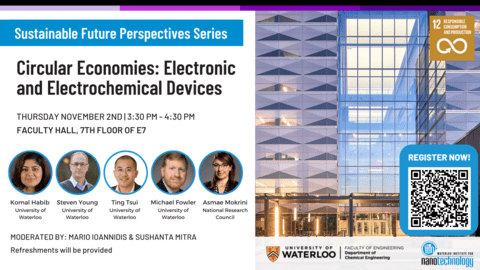In a closed session Minh Xuan Nguyen will discuss their research.
Abstract: The present study aimed to explore the effects of CA modified okara materials on the characterization of soymilk okara gels as well as gain understanding of the underlying mechanisms of okara modification and gelation. After the modification with CA, the fiber in okara is hypothesized to be hydrolyzed, along with the release of soluble polysaccharides such as pectic substances, ultimately enhancing the compatibility of the CA modified okara with the soymilk protein matrix. The impacts of the physical state of CA (liquid or
solid) and the drying time during the okara modifications to textural characterization of the soymilk gels were first examined. The sample preparations of the soymilk okara gels for the measurements of the rheological and mechanical properties to improve reproducibility, as well as the development of a methodology to evaluate protein – protein interactions were examined. Subsequently, the changes in CA modified okara and the characteristics of soymilk okara gels were examined. To maintain uniform soymilk quality across experiments, the solid content of soymilk was measured by drying method at 60 °C for 3 h in the oven and kept constant at the level of 15 to 16 % (w:w



